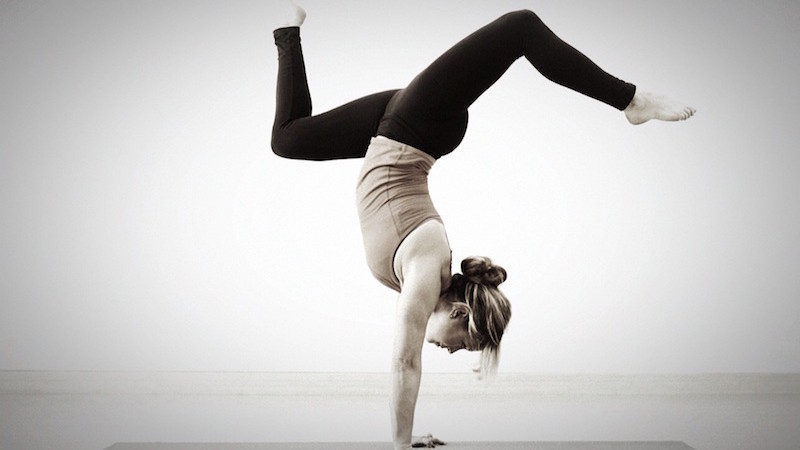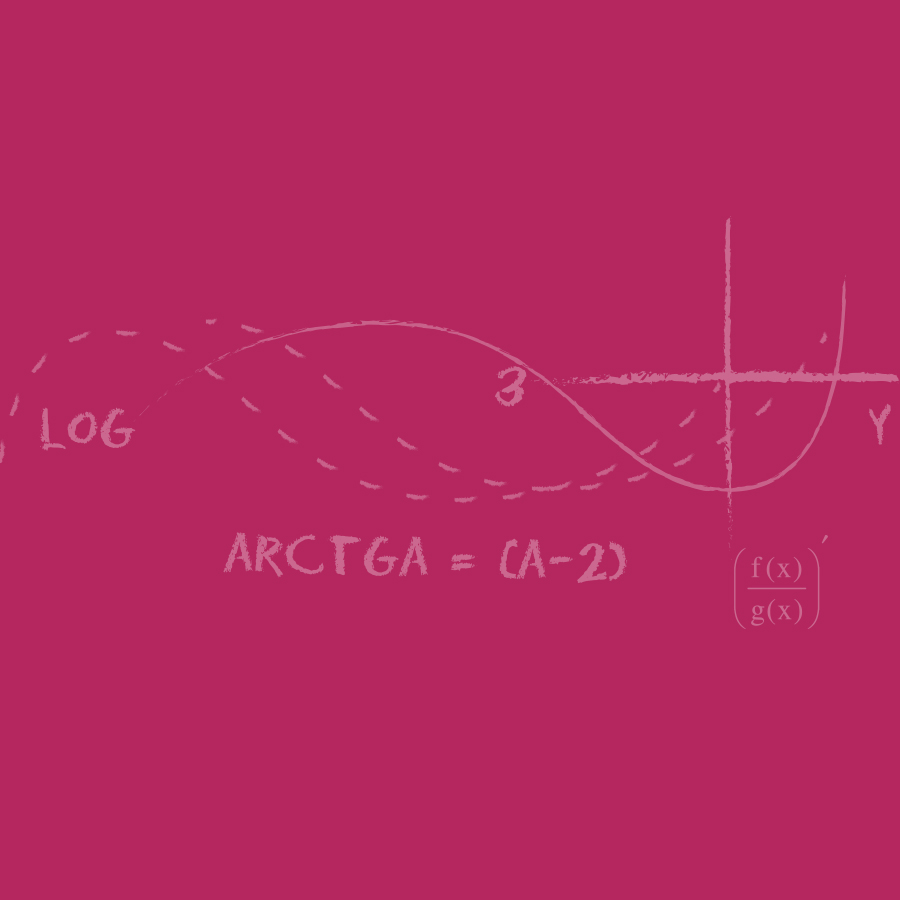![]()
Alignment Cues Decoded – “Soften Your Front Ribs”
Story originally posted by Yoga Journal on December 4, 2014

Students who know me well, especially the ones I have taught in teacher trainings or workshops, know language is very important to me as a yoga teacher. I always say, “If they can’t understand what you mean, they can’t do it. You may as well be speaking a foreign language.” My job is to get people to understand what I mean in the clearest way possible. I choose my words carefully and continually try to refine how I articulate not only alignment instructions but also philosophical concepts.
Anatomy happens to be one of my loves. And so I believe, especially when it comes to anatomy, a teacher should aim for precision and know what is happening or what she wants to happen anatomically for every physical instruction given. I feel it’s a responsibility I have to keep my students safe when they’re approaching poses that could potentially cause harm—over time or instantly.
Alignment Cue
“Soften your front ribs”
“Soften your front ribs” is one of those instructions I have never understood. For one thing, it isn’t anatomically possible to “soften” your ribcage. Ribs are made of bone, and the front of your ribcage is cartilage. Solid stuff—and I like them that way. They house my lungs, heart, and other important organs, and I want them to be strong and sturdy. In the past, that instruction would send me from the present moment into a fantasy about what it would look like to somehow soften bone into cotton candy–like fluff. It never got me to move my body, though.
The Anatomy Behind the Confusing Cue
I didn’t understand what that instruction was aiming for until I learned anatomy. And I think many students and teachers alike are confused about what is supposed to happen in the body when they hear it.
So let’s begin with an understanding of the natural curvature of the spine. Your ribcage connects to the thoracic region (or middle part) of your spine, which naturally rounds backward. For many of us, it rounds too much, or hunches, because of weak upper back muscles and a lot of time spent in chairs, car seats, and on couches. The lumbar region (or lower back), located between the ribcage and top of the pelvis, naturally curves in toward the front body and so is naturally more mobile in backbends.
What you need to understand: Your lumbar spine connects to your sacrum, which is fixed inside your pelvis. So moving your pelvis moves your lower back. And moving your lower back moves your pelvis.
What Your Teacher Doesn’t Want You To Do
Now that you know the basics of the underlying anatomy, let’s look at how it applies to asana. In most poses we are either trying to find and then keep the natural curvature of the spine or in the case of backbends to evenly arch the spine toward the front body. Because upper backs are weak and lower backs bend easily, many people have a hard enough time bringing their spines to neutral when they’re simply standing in Tadasana (Mountain Pose). Add the effort involved in more complex asana and that task becomes more and more difficult, so they revert back to their natural tendencies. For a lot of people, that means the lower back area overarches, the pelvis tips forward past neutral, and the abdomen and lower ribs puff forward.
This happens because teachers often say “Arch your upper back, lift your sternum, widen your collarbones,” etc, which correctly instructs people to get rid of the extra hunching and rounding in their upper backs. But because that’s really hard work, students often arch the easier part, their lower backs, and tip their pelvis forward, which makes their lower ribs jut out.
What Your Teacher Does Want You to Do
The ribcage puffing forward is what most teachers’ eyes see first, so they say, “soften your front ribs” in an attempt to get students to drop the front of the ribcage toward the pelvis. But the change actually comes from the front of the pelvis, the hips. To fix overarched lower backs and pointy, puffy lower ribs, students have to posteriorly tilt their pelvis at the hip joint bringing their pelvis and lower back into neutral alignment. That reduces the lower back’s arch and shortens the front body, dropping the ribs down.
To keep reading visit YogaJournal.com






